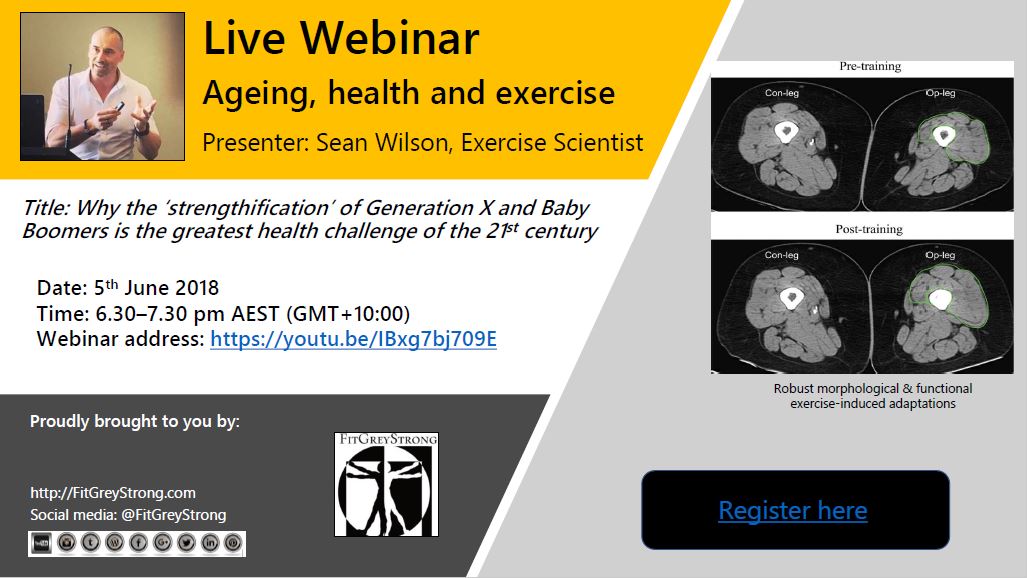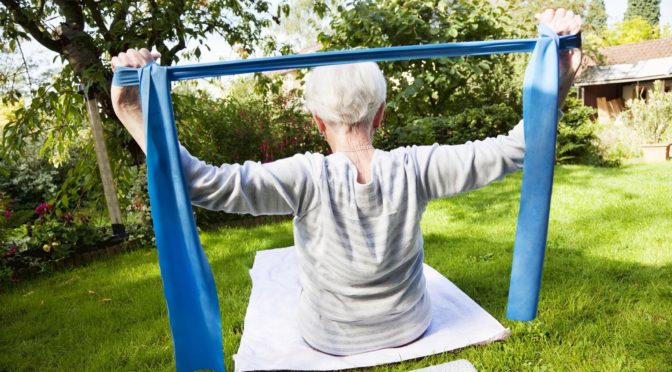Recently I published an article on my website titled:
“Strength training can alter the trajectory of ageing”.
After receiving feedback from some of those who regularly visit my website and social media channels, there were some suggestions to provide a summarised or bottom-line version of some of my articles for those that are looking for something that gets straight to the point. So here it is. The short version of the abovementioned article.
The research paper that everyone should read
The year was 1990 and researchers Maria Fiatarone and colleagues published their findings in The Journal of the American Medical Association after undertaking a study to determine the feasibility and the physiological consequences of high-resistance strength training in the frail elderly. These participants were very frail, had an average age over 90, suffered many co-morbidities and were basically not in very good condition. Their muscles were very atrophied, functional capacity was very poor and their physical movements were very slow.
After 8 weeks of progressive resistance training that only utilised one exercise that focused exclusively on the quadricep (thigh) muscles, the results were totally unexpected. Gains in muscle strength were impressive averaging over 170%, with some subjects making extraordinary gains of almost 400%. There was an accompanying increase is muscle size of over 10% as assessed by CT scans. Functional mobility accompanied the improvements in strength and muscle hypertrophy (growth). The time taken to complete the walking test improved substantially from 44 seconds to 29 seconds representing a 48% improvement. Two subjects no longer needed canes to walk at the end of the study and one of three subjects who could not initially rise from a chair without the use of their arms became able to do so. These physiological and functional changes were truly incredible.
What is clear is that the preservation of fat-free mass (muscle) as one ages is a critical factor and directly affects muscle strength in the older person.
Exercise and resistance training specifically, is able to provide the neuromuscular system the appropriate physiological stimulus to reverse and modify a portion of the muscle weakness often and simply put down to old age.
Re-read that sentence because this is huge! So off you go and start lifting.
For the longer version please see here.
Disclaimer: All contents of the FitGreyStrong website/blog are provided for information and education purposes only. Those interested in making changes to their exercise, lifestyle, dietary, supplement or medication regimens should consult a relevantly qualified and competent health care professional. Those who decide to apply or implement any of the information, advice, and/or recommendations on this website do so knowingly and at their own risk. The owner and any contributors to this site accept no responsibility or liability whatsoever for any harm caused, real or imagined, from the use or distribution of information found at FitGreyStrong. Please leave this site immediately if you, the reader, find any of these conditions not acceptable.
© FitGreyStrong







